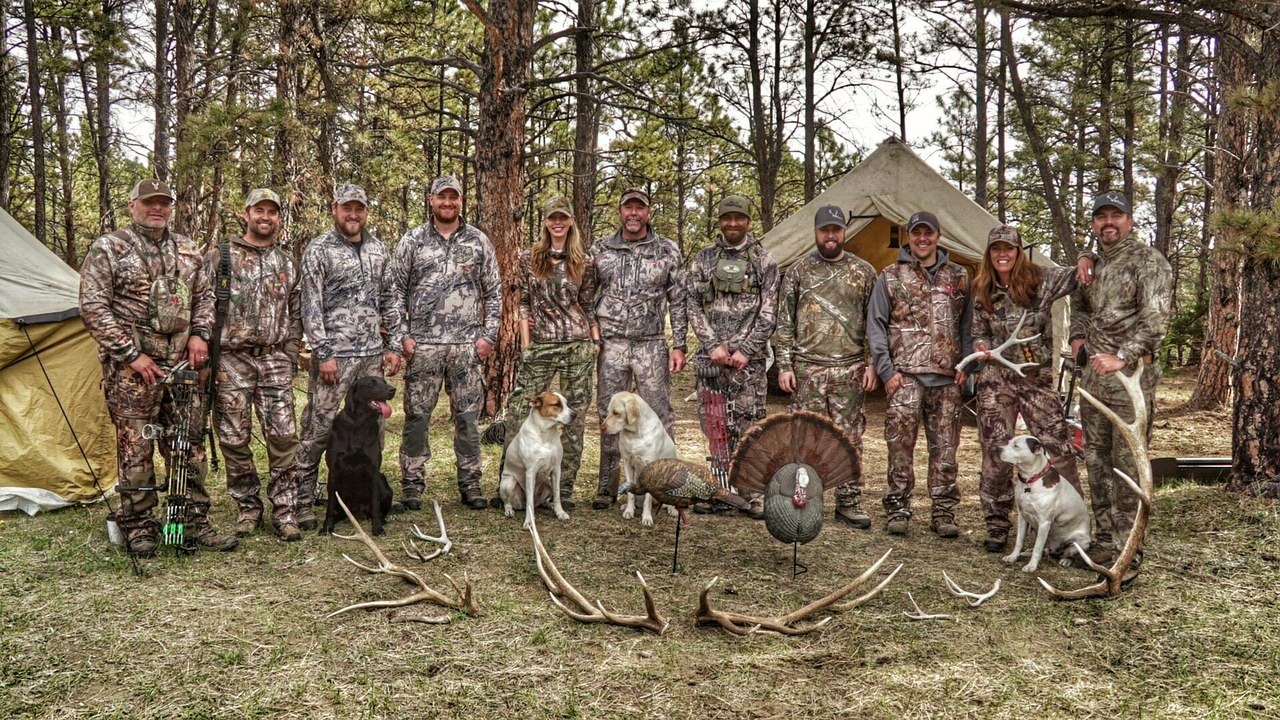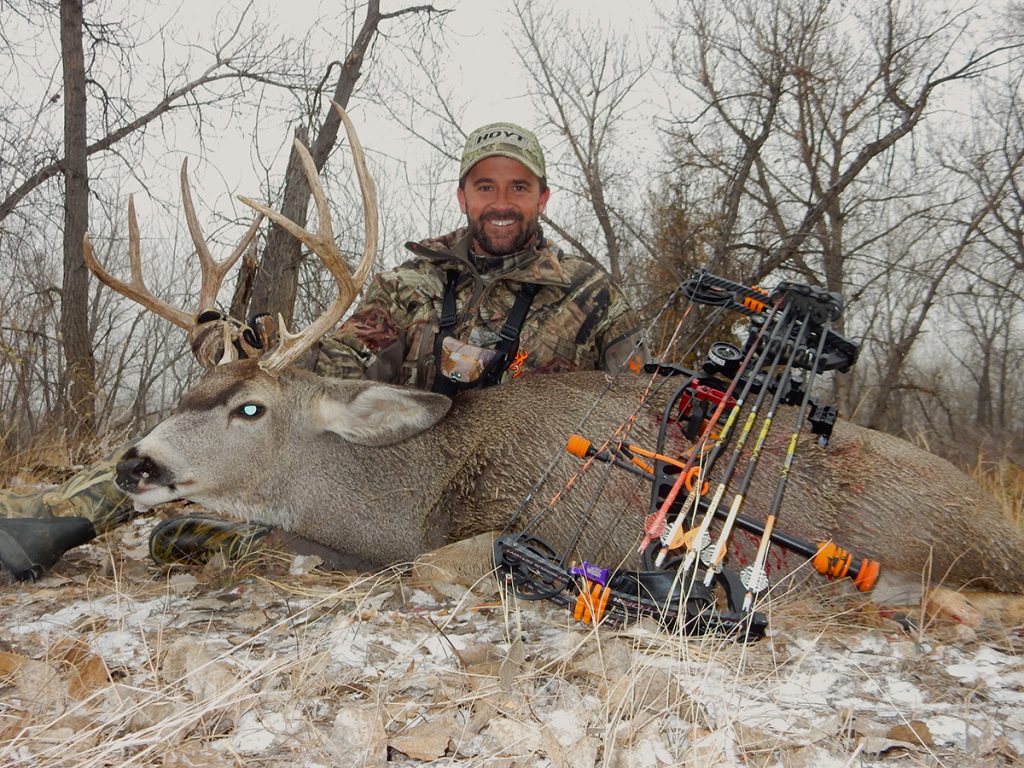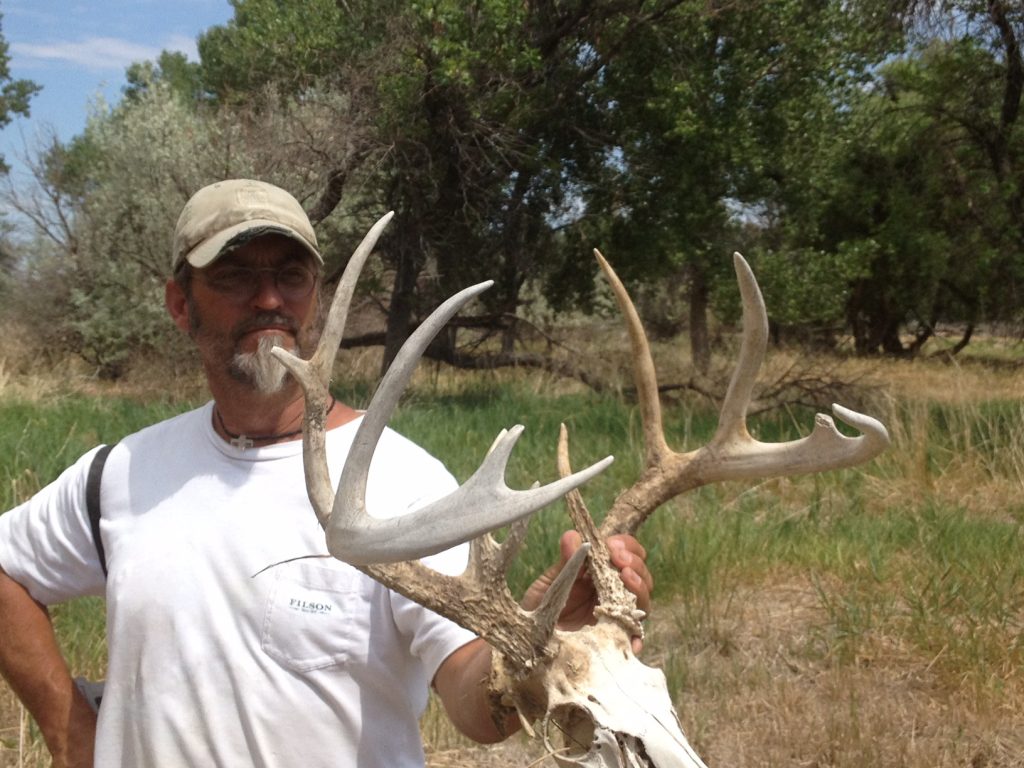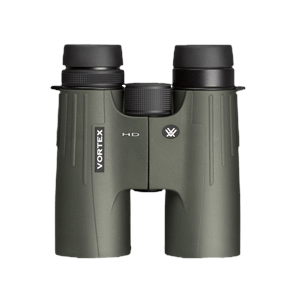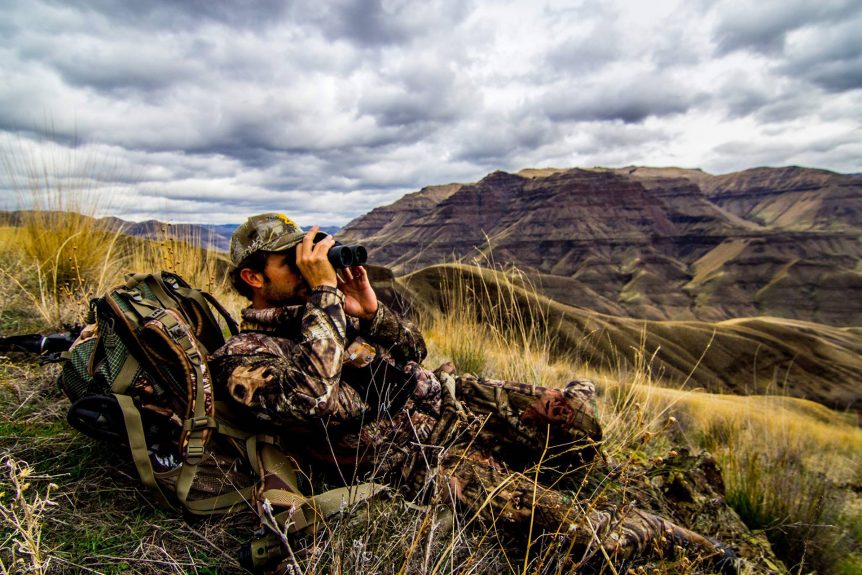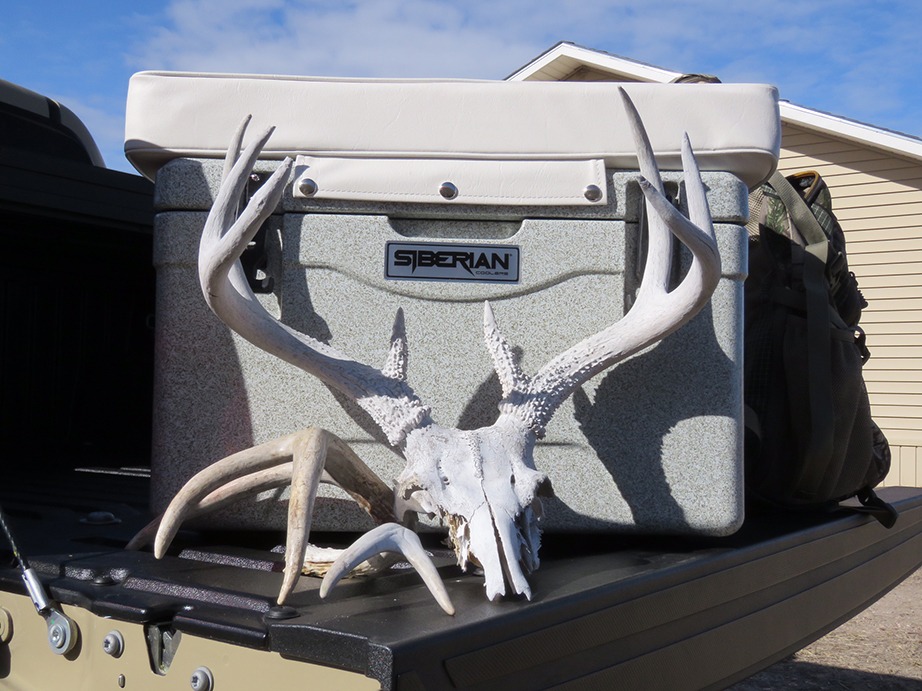When hunting season finally comes to a close, many of us tend to withdraw from the outdoors for one reason or another. For some, it may simply be the need for a little rest and relaxation after a long season. For others, it may be that you are saddened that the hunting season has come to a close, with opening day seeming so far away. However, for those of us who live and breathe the outdoors 365 days a year, the offseason is not “relaxing”. January through March makes up shed season and shed antlers are prized pieces that are not only personal trophies but pieces of a bigger puzzle…future game to hunt.
The sport of finding shed antlers and shed hunting has become incredibly popular over the past several years. What was once an opportunistic event has turned into an established part of the big game hunting culture, with many hunters reaping the benefits of time spent afield searching. Finding shed antlers is not only exciting, but it is also an excellent way to get outside, commune with nature, and get a little exercise during the late winter months.
When to Start Looking for Shed Antlers
The best time to find shed antlers is often a topic of debate. From white-tailed deer sheds to mule deer and elk, finding shed antlers is generally a late winter to early spring affair. That being said, the period of time in which these animals can begin to shed their antlers can be incredibly variable. For example, antler drop for white-tailed deer can begin as early as December, however, whitetail bucks can still be running with their antlers as late as April. The same can be said for elk and mule deer as well.
Antler casting (antler drop/shedding) is triggered by a drop in hormone levels in antlered bucks and bulls. This, like most things in the animal world is based upon photoperiod. Testosterone levels tend to peak during the peak part of the rut. As the rut begins to wane and winter kicks in, lowering levels of testosterone in bucks and bulls signals a cut off for antlers. Eventually, hormone levels drop to a point in which it triggers the body to shed their antlers. This is an important bit of information to have in your back pocket, as you can often predict antler drop based upon the timing of rut.
After photoperiod, factors like injuries and sex ratios come into effect, often leading to an extremely early or late casting. The window for finding shed antlers can be very broad; however when you begin to plan your shed hunting adventures, a good rule of thumb for starting your search would be anytime after the last week of January through the middle of February. This is a great time to begin hitting the field to find shed antlers, with the best time to find shed antlers occurring in mid- to late March in most areas.
Being successful in finding shed antlers is all about timing and repetition. Since we don’t exactly know when or where a buck or a bull sheds his antlers (although trail cameras will certainly help to narrow that down), success hinges on the willingness to put in the time and put on the miles. Once an antler hits the ground, it can literally be a race against the clock as there are several critters that love to chew on a newly dropped shed antler. On public land, that competition is escalated as shed hunters from far and wide, begin the prowl as well. Without a doubt, successful shed hunting requires commitment when you are attempting to find shed antlers on public lands. The best tactic to find shed antlers on public land is starting early…meaning the first weeks of February so you are not wasting time scanning areas that have already been picked clean.
Where to Find Shed Antlers | Public Land Hot Spots!
Finding shed antlers on public lands can sometimes be a surprise! Sometimes we find them when we are not really looking for them (sneaking in on a spring gobbler for example, or while elk hunting), and it can appear as though a shed antler could be just about anywhere on the landscape. However, when it comes to finding shed antlers on public lands there are locations where sheds are certainly more likely to be found than others.
Food Sources
Without a doubt, food sources can be an effective location to find sheds and can be a great place to begin your public land quest. Many intensively managed public areas offer a wide range of food sources for wildlife to take advantage of. From food plots to large cereal grain fields, these are areas that whitetails will frequent and spend a significant amount of time in during the late winter months. In regards to mule deer and elk, waterholes, grazing meadows, and hay barley or alfalfa fields are sources to pay attention to. This fact alone is what makes these areas an excellent place to begin your public land efforts.
Sometimes, searching a food source for shed antlers can really feel like trying to find a needle in a haystack. Small food plots are clearly easier to search and canvas than say a 300-acre corn field for many reasons. However, at the end of the day it is the size that matters! If the public lands in your state utilize contract farmers as a means to provide seasonal forage for wildlife, tackling these large grain fields may be somewhat intimidating. Luckily there are few strategies and tools that can really help you cover these areas quickly and effectively and will certainly help you to find more shed antlers this winter.
Bedding Areas
Bedding areas are fantastic locations to key in on when attempting to find shed antlers on public land, and can often yield excellent dividends during the late winter and early spring months. Keying in on areas of thick thermal cover like cedar or spruce thickets or native grass/CRP fields can be hot spots for finding shed antlers. While known bedding areas are fairly obvious locations to look for shed antlers, don’t overlook areas like southwest facing slopes and other areas that receive a high volume of direct sunlight, especially when the snow is on the ground. These can be “sleeper areas” for locating sheds. The reverse is true for mule deer, under shaded bedding areas with a view. Don’t be dissuaded by the acreage of the public land tracts in your area. Even the smallest of parcels can have excellent bedding cover that will be used throughout the year, so do your best to leave no stone unturned!
Trails and Crossings
Trails and crossing might be some of the best locations to find shed antlers on public land. One of the most effective tactics for finding sheds is to locate a major trail that connects between bedding and a food source, and following that trail for the duration. Pay specific attention to any location where the trail crosses an obstacle such as creek drainages or fences. These can be excellent locations to stumble upon a shed antler. If you are planning on shed hunting are a new tract of public land where you are unfamiliar with the animal movement, one of the best ways to locate major trails and travel areas easily is to scout the area when there is measurable snow on the ground. Major trails stand out very well under these conditions and provide you the ability to set a waypoint or draw in the area on your OnXMaps Hunt application.
Shed Hunting Gear and Tips
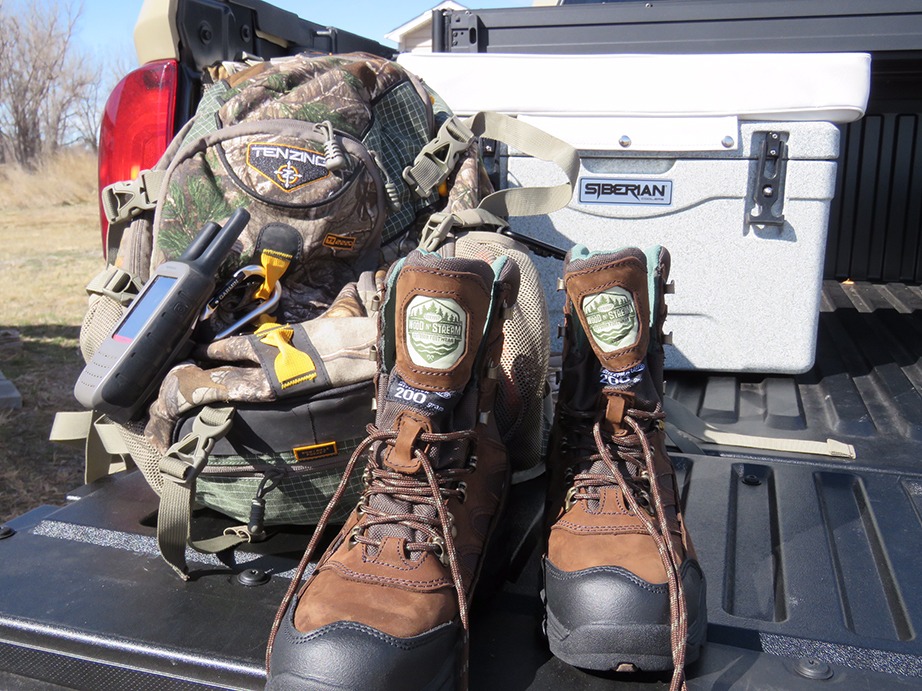
Reliable Optics and Boots
Many hunters probably don’t think of binoculars and spotting scopes when they think of finding shed antlers, but believe it or not, they can really help you cover a lot of ground in a short amount of time. Using tools like the Viper line of spotting scopes and binoculars from Vortex will give you the ability to essentially shed hunt from the comfort of the truck or the UTV. With a set of high-quality optics and the right vantage point, shed antlers can be spotted from a long distance away, especially old sheds that appear brilliantly white against a bleak background. At the end of the day, using your optics to your advantage will allow you to be efficient in your shed hunting effort, which is certainly the name of the game.
Shed hunting is all about putting on the miles. Your boots have to stand up to the wear and tear of mile after mile. Day after day and 2 months’ worth of shed hunting is cause enough for your feet to thank you for investing in a solid hunting boot.
Shed Hunting Pack
Shed hunting, especially on public ground often turns into an all-day affair. A shed hunting pack is a necessary piece of gear to have on the hunt. You not only can carry water, lunches and snacks, but your prizes as well. The pack also allows you to store essential gear like your GPS unit. Be sure to grab the latest plat information on the parcel you wish to hunt from OnXMaps. This will not only help you keep track of what you have covered, but insure you are staying on public land.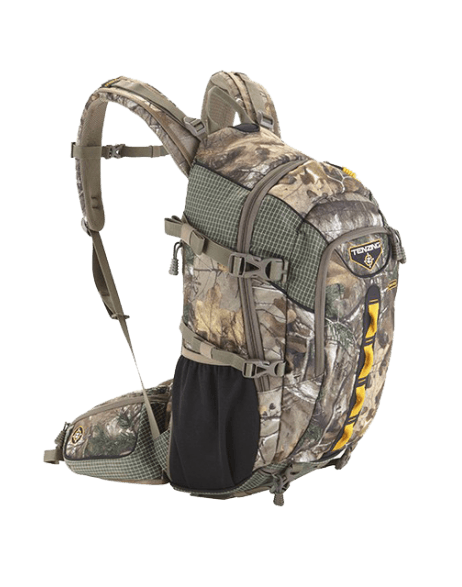
Scout Ahead of Time
If the public lands in your state allow the use of trail cameras, they can certainly be a valuable tool to help you to find more public land sheds. Deploying trail cameras around major food sources can tell you a lot about the animal activity in the field itself and can help you develop a game plan moving forward. Additionally, spending an evening or two scouting the area before you head out in search of shed antlers can really help you narrow down your search area as well. In areas such as large crop fields, understanding specifically where the animals enter and exit the field can be critical information to have. It is also advantageous to know specific areas within the field that the deer or elk tend to spend the majority of their time. Likewise, taking a few evenings to scout can also help you determine the degree in which the animals in your area have begun to shed their antlers. This will ultimately help you determine when it’s time to hit the field in search of sheds.
ATV’s
When covering a large area, like a large crop field, sometimes the fastest way to find shed antlers is to employ the use of your ATV or UTV. Using these machines can allow you to cover these areas quickly, and although it may seem as though you will just fly right past them, shed antlers are surprisingly easy to spot from these machines. The best approach is to travel at 10-15{e2709e87f9e5f6bb285d1cd354a5ff635f1bd665b78057e11e86f06e6fad5c37} throttle, in a grid type pattern, focusing in on where you have observed animals spending time. It can also be important to focus on field edges as well. This approach will ensure that you have methodically covered the area. Not every state allows the use of ATV’s or UTV’s on their public lands, so be sure to check your state’s regulations before heading out.
The Benefits of Shed Hunting
For a lot of us, the “offseason” isn’t really an off-season. It is simply the beginning of the next hunting season. For many, shed hunting has really become just as important as shooting your bow and sharpening your knives; it is all part of the preparation for next year. Shed antlers can offer you a wealth of information, not just pertaining to which animals made it through the firearms season and their overall size but the pattern each animal tends to fall into during the latter part of the year, which areas on various public land tracts they tend to frequent and when, as well as use of your property by any new deer that you have no history with. Shed antlers can paint quite a picture if you are willing to get out and look!
Not Every State is Created Equal
Finding sheds on public land can be a very fun and rewarding activity. That being said, the rules and regulations governing the collection and possession of shed antlers on public land can vary from state to state. Always be sure to check the rules and regulations of your state before you hit the field in search of some public land sheds!

